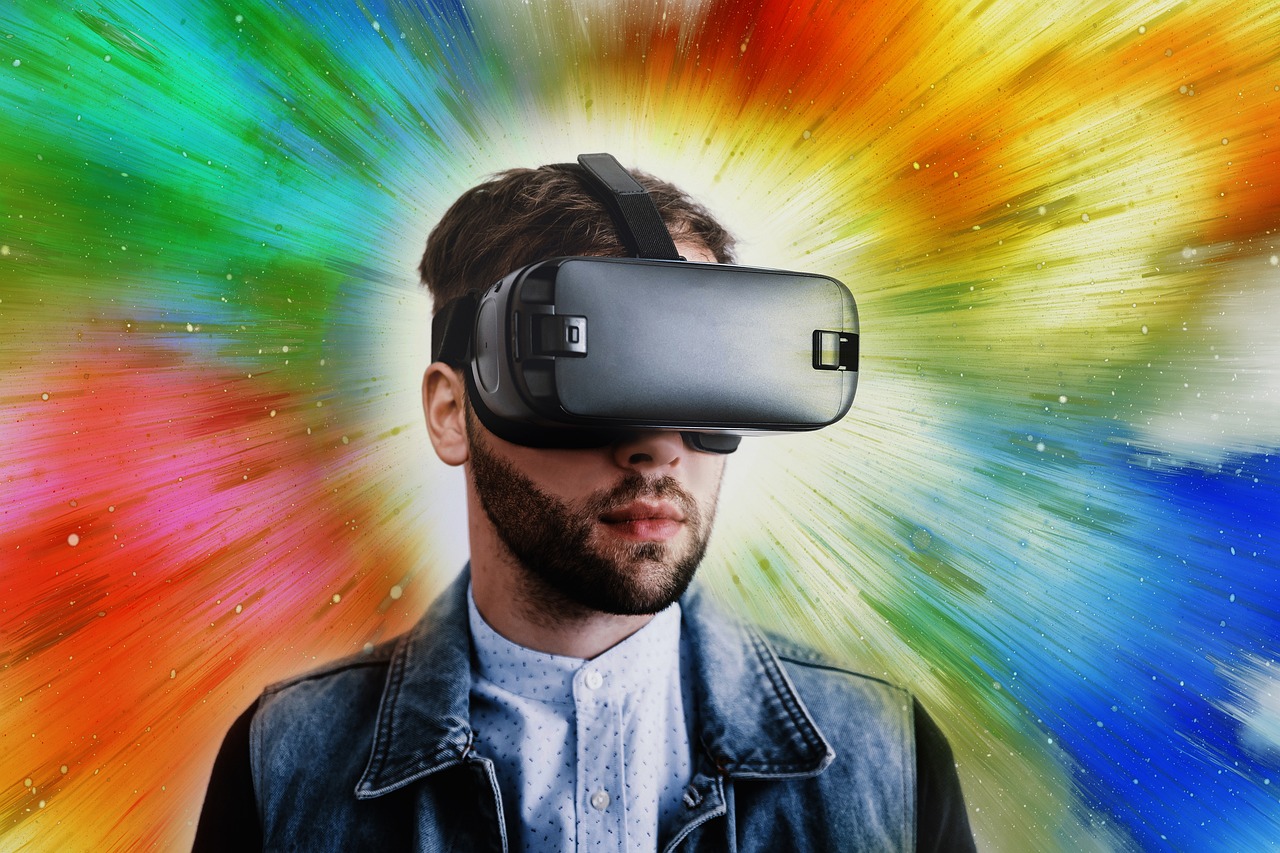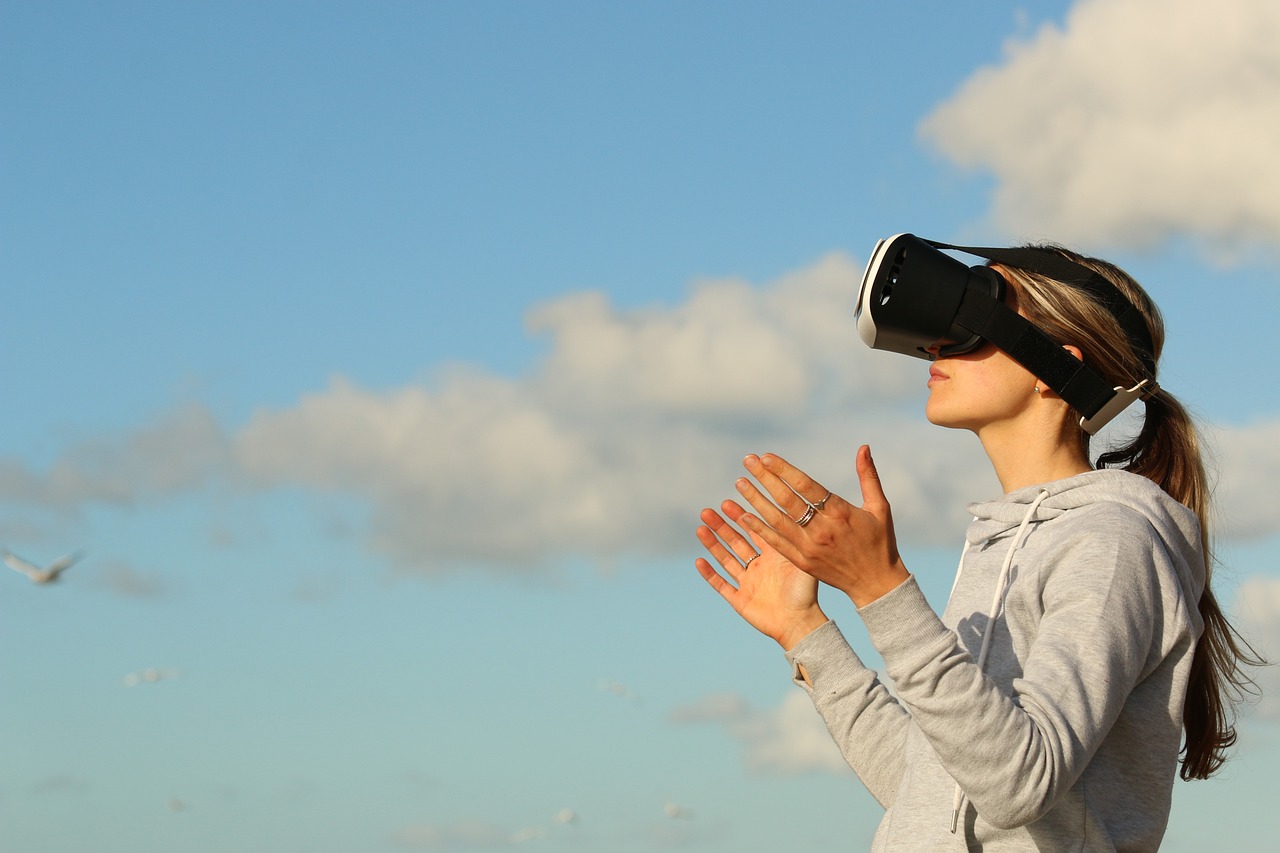
Virtual Reality Gaming: The Next Frontier in Immersive Entertainment
Iren
- 0
- 799
The Evolution of VR Gaming
Virtual Reality (VR) gaming has come a long way since its inception, transforming from a niche technology into a mainstream entertainment phenomenon. This evolution has been marked by significant technological advancements and increasing consumer adoption.
Early Beginnings
The roots of VR gaming can be traced back to the 1990s, when the first consumer-oriented VR systems emerged. These early systems, while groundbreaking for their time, were characterized by:
- Low-resolution displays
- Bulky and uncomfortable hardware
- Limited processing power
- High costs
One of the pioneering devices was the Virtuality arcade machine, introduced in 1991. It offered players a glimpse into immersive gaming but was hampered by technical limitations.
Technological Advancements
The past decade has seen rapid advancements in VR technology, addressing many of the early limitations:
| Year | Innovation | Impact |
|---|---|---|
| 2012 | Oculus Rift Kickstarter | Renewed interest in consumer VR |
| 2016 | HTC Vive and Oculus Rift consumer release | High-quality VR becomes accessible |
| 2018 | Oculus Go | First standalone VR headset |
| 2019 | Valve Index | Advanced finger tracking and high refresh rate |
| 2020 | Oculus Quest 2 | Affordable, high-quality standalone VR |
| 2022 | Meta Quest Pro | Mixed reality capabilities |
These advancements have led to:
- Lightweight and comfortable headsets
- High-resolution displays with reduced “screen-door effect”
- Improved motion tracking for more natural interactions
- Wireless capabilities for unrestricted movement
Immersive Gameplay and User Experience

VR gaming offers a level of immersion unparalleled in traditional gaming formats, transporting players into virtual worlds with unprecedented realism.
Sensory Immersion
VR headsets provide a 360-degree visual experience, coupled with spatial audio that responds to head movements. This creates a sense of presence that tricks the brain into believing the virtual environment is real.
Haptic feedback systems further enhance immersion by providing tactile sensations:
- Controllers vibrate to simulate touch and impact
- Full-body haptic suits offer more comprehensive feedback
Popular games showcasing sensory immersion include:
- “Half-Life: Alyx” – Renowned for its interactive environments and physics-based gameplay
- “Beat Saber” – A rhythm game that combines music and physical movement
- “Superhot VR” – Time-bending action game with unique motion controls
Interactive Environments
VR games allow players to interact with virtual objects in ways that mimic real-world physics. This level of interactivity creates a profound sense of agency within the game world.
Games known for their immersive environments:
- “The Room VR: A Dark Matter” – Puzzle-solving in detailed, atmospheric settings
- “Lone Echo” – Zero-gravity exploration with realistic hand movements
- “Boneworks” – Physics-based combat and puzzle-solving
These games leverage advanced physics engines and precise motion tracking to create believable interactions with virtual objects.
The Impact of VR on the Gaming Industry
Virtual Reality is reshaping the gaming landscape, influencing game design, marketing strategies, and consumer expectations.
Market Growth and Adoption
The VR gaming market has seen substantial growth in recent years:
| Year | Global VR Gaming Market Value |
|---|---|
| 2020 | $4.3 billion |
| 2021 | $7.7 billion |
| 2022 | $12.1 billion |
| 2023 | $18.6 billion (projected) |
| 2024 | $26.8 billion (projected) |
This rapid growth is driven by:
- Decreasing hardware costs
- Increasing content library
- Improved user experience
- Growing awareness and acceptance of VR technology
Key Players and Innovations
Several companies are leading the charge in VR gaming innovation:
- Meta (formerly Facebook): Oculus Quest series, metaverse development
- Valve: Index headset, SteamVR platform
- Sony: PlayStation VR for console gaming
- HTC: Vive series for high-end PC VR
- HP: Reverb G2 for high-resolution experiences
- Pimax: Wide field-of-view headsets
These companies are pushing boundaries with innovations like:
- Foveated rendering for improved performance
- Hand and eye tracking for more natural interactions
- Higher refresh rates to reduce motion sickness
- Wider fields of view for increased immersion
Health and Wellness Benefits of VR Gaming

Beyond entertainment, VR gaming offers potential health and wellness benefits that are gaining recognition in medical and fitness communities.
Physical Activity
VR games can provide a fun and engaging way to increase physical activity, combating sedentary lifestyles. Games like “Beat Saber,” “Thrill of the Fight,” and “Supernatural” offer workout experiences that can burn calories and improve cardiovascular health.
A study published in the Journal of Medical Internet Research found that VR gaming can be as effective as traditional exercise in terms of energy expenditure.
Therapeutic Applications
VR is increasingly being used in therapeutic settings:
| Application | Benefit |
|---|---|
| Phobia treatment | Controlled exposure therapy |
| Pain management | Distraction from chronic pain |
| PTSD therapy | Safe environment for trauma processing |
| Physical rehabilitation | Engaging exercises for motor skills |
| Cognitive training | Brain-training games for mental acuity |
The immersive nature of VR allows for controlled, repeatable scenarios that can be tailored to individual patient needs.
Educational and Training Applications
Virtual Reality is revolutionizing education and professional training by offering immersive, interactive learning experiences.
Virtual Classrooms and Field Trips
VR enables students to:
- Explore historical sites and events in 3D
- Conduct virtual science experiments
- Visit museums and art galleries from anywhere
- Experience different cultures and environments
Programs like Google Expeditions and Engage platform are pioneering VR education, allowing teachers to lead students on virtual field trips and interactive lessons.
Professional Training Simulations
Industries utilizing VR for training include:
- Medicine: Surgical simulations, anatomy study
- Aerospace: Pilot training, space mission preparation
- Military: Combat simulations, equipment operation
- Manufacturing: Assembly line training, equipment maintenance
- Emergency services: Disaster response scenarios
VR training offers safe, cost-effective, and repeatable scenarios that can accelerate learning and improve retention.
Challenges and Future Prospects
While VR gaming has made significant strides, it still faces challenges that need to be addressed for wider adoption.
Technical Limitations
| Challenge | Potential Solution |
|---|---|
| Motion sickness | Higher refresh rates, improved motion tracking |
| Limited field of view | Advanced optics, larger displays |
| Wireless performance | 5G and Wi-Fi 6 integration |
| Battery life (for standalone devices) | More efficient processors, improved battery technology |
| High-quality graphics on mobile chipsets | Cloud rendering, foveated rendering |
Emerging Technologies
Several emerging technologies promise to enhance VR experiences:
- Eye-tracking: Allows for foveated rendering and more natural interactions
- Brain-computer interfaces: Direct neural control of VR environments
- Haptic gloves and bodysuits: More realistic tactile feedback
- Omnidirectional treadmills: Natural movement in virtual spaces
- Smell and taste simulation: Multi-sensory experiences
These technologies are in various stages of development, with some already being integrated into high-end VR systems.
The Future of VR Gaming
As VR technology continues to evolve, we can expect increasingly immersive and socially connected experiences.
Social VR and Multiplayer Experiences
Social VR platforms are creating new ways for people to interact in virtual spaces:
- VRChat: User-created worlds and avatars
- Rec Room: Casual games and social activities
- AltspaceVR: Virtual events and meetups
- Horizon Worlds: Meta’s social VR platform
These platforms offer opportunities for shared experiences, from virtual concerts to business meetings, blurring the lines between gaming and social interaction.
Integration with AI and AR
The convergence of VR with AI and AR technologies opens up exciting possibilities:
- AI-driven NPCs with realistic behaviors and conversations
- Dynamically generated content and storylines
- Seamless blending of virtual and real-world elements
- Personalized experiences adapting to user preferences and behaviors
As these technologies mature, we can expect VR gaming to become more immersive, interactive, and tailored to individual users.
Virtual Reality gaming stands at the forefront of a new era in digital entertainment. Its rapid evolution from clunky prototypes to sophisticated, accessible systems has paved the way for experiences that were once the realm of science fiction. As technology continues to advance, VR gaming promises to push the boundaries of immersion, interactivity, and social connection, offering unprecedented ways to play, learn, and interact in virtual worlds.



